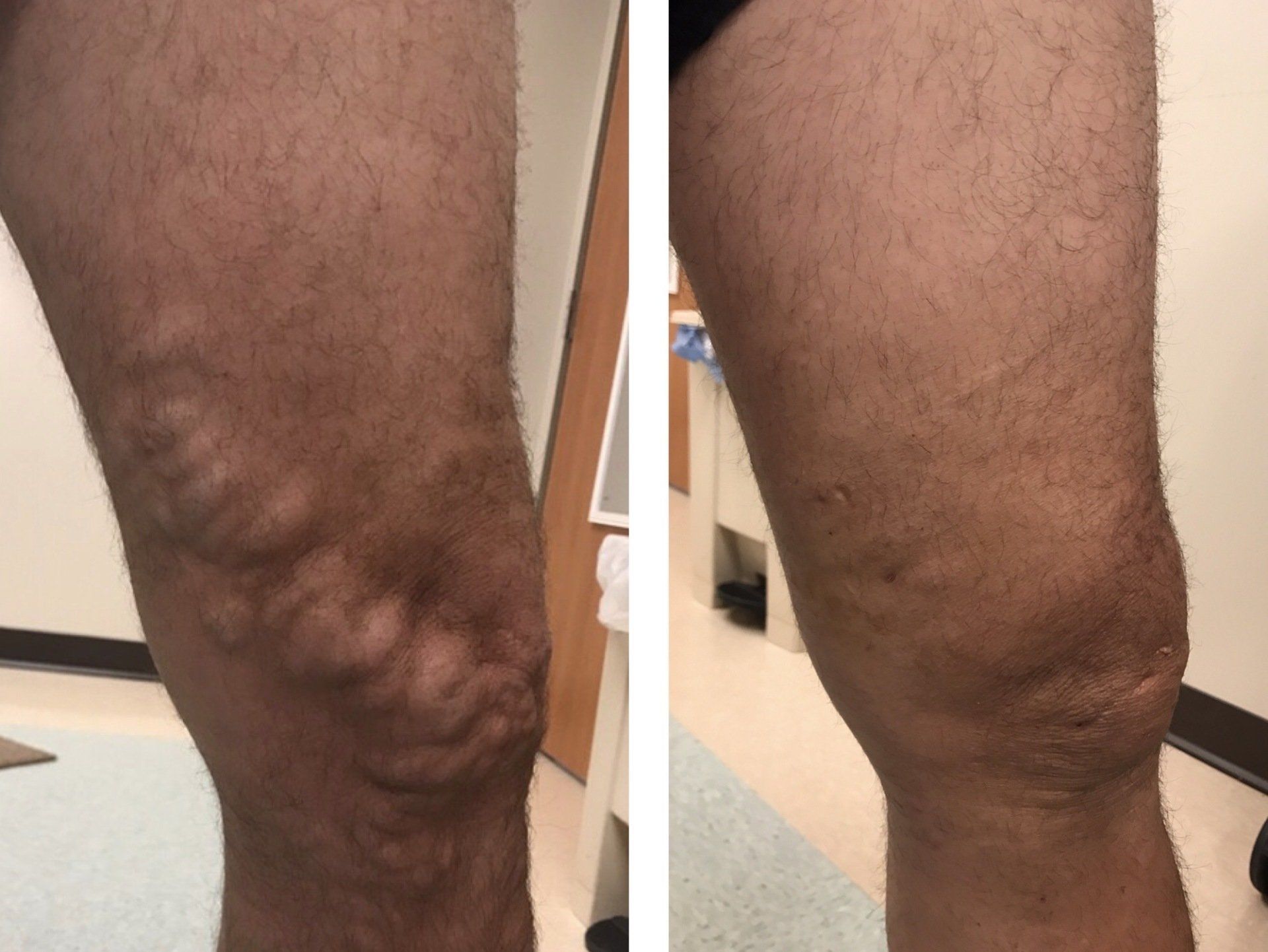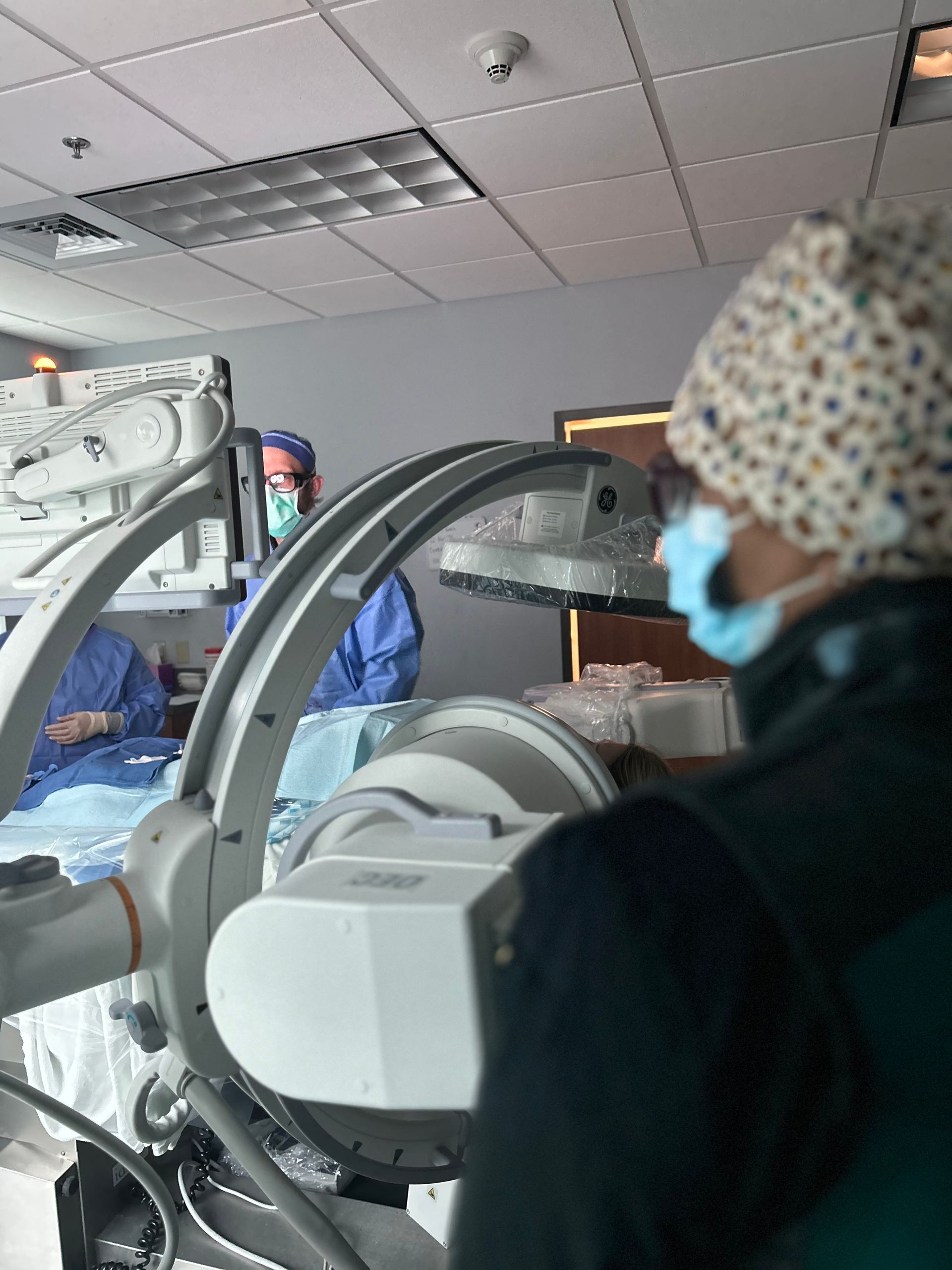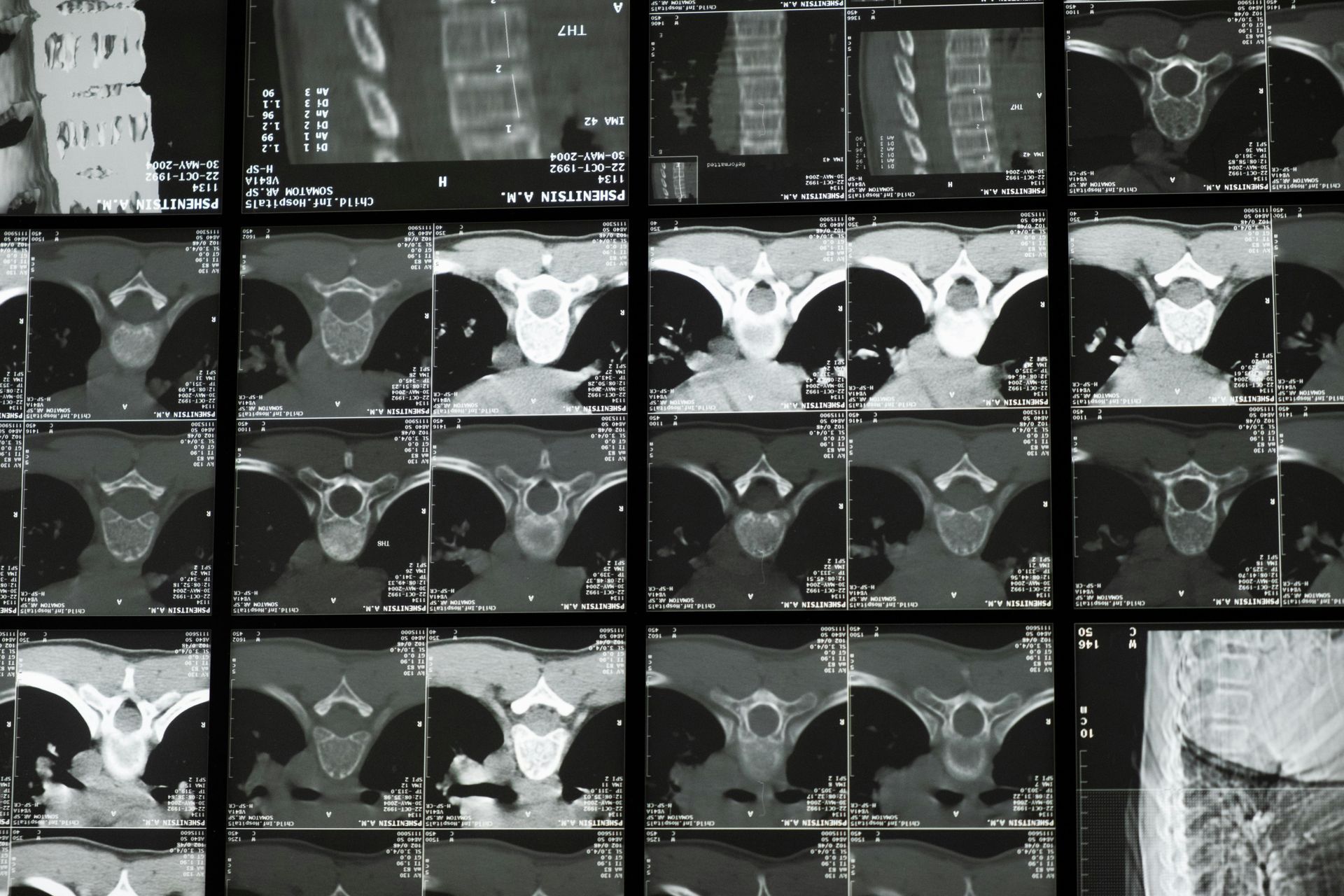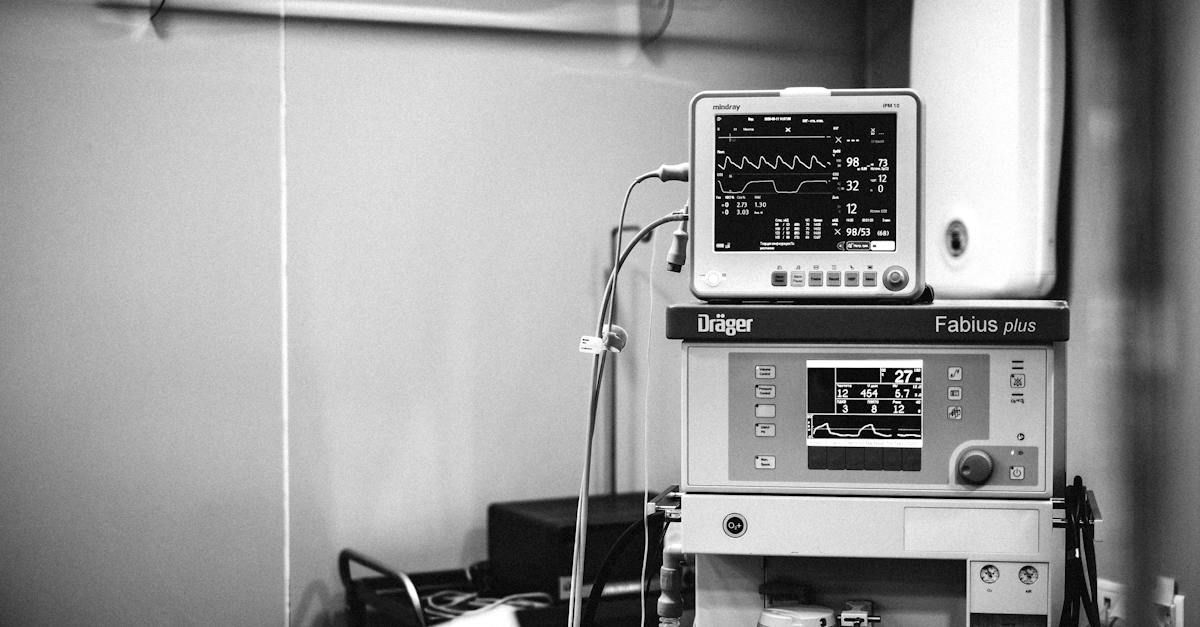Modern Vein Treatments
Why Modern Treatments Like VenaSeal and RFA Have Replaced Vein Stripping

For decades, vein stripping was the standard treatment for painful and unsightly varicose veins. But with advances in minimally invasive technology, procedures like VenaSeal and radiofrequency ablation (RFA) are now leading the way in vein treatment. These newer techniques are far less invasive, have shorter recovery times, and offer excellent outcomes for patients. Here’s why the medical community has largely moved away from vein stripping and embraced VenaSeal and RFA as the preferred treatments for varicose veins.
The Downside of Vein Stripping
Vein stripping is a surgical procedure that removes the saphenous vein from the leg through a series of small incisions. While it was effective, vein stripping had several drawbacks:
- Invasiveness: Vein stripping required multiple incisions and involved physically pulling the vein out of the leg, making it a highly invasive procedure.
- Pain and Discomfort: Due to the nature of the surgery, recovery was often painful, with patients experiencing bruising, swelling, and discomfort for days or even weeks.
- Extended Recovery: Patients typically had to take time off work and avoid strenuous activities during recovery, impacting daily life significantly.
- Risk of Complications: Because vein stripping is a surgical procedure, it carries risks of infection, bleeding, nerve damage, and deep vein thrombosis.
The invasiveness, discomfort, and longer recovery times led physicians to seek better options, and the development of non-surgical techniques brought new, patient-friendly solutions to varicose vein treatment.
Why VenaSeal and RFA are the Modern Solutions
VenaSeal and radiofrequency ablation (RFA) have become the go-to procedures for treating varicose veins, offering results without the drawbacks of traditional vein stripping. Let’s look at what sets these techniques apart and why they’re so effective.
VenaSeal: Vein Treatment with Medical Adhesive
The VenaSeal procedure uses a specially formulated medical adhesive to close off damaged veins. Here’s how it works:
- Guided by Ultrasound: The doctor inserts a small catheter into the vein using ultrasound guidance to ensure accuracy.
- Application of Medical Adhesive: The adhesive is delivered through the catheter, sealing the vein closed. Once the vein is sealed, blood naturally reroutes through healthier veins.
- No Need for Compression Stockings: Unlike other treatments, VenaSeal often doesn’t require the use of compression stockings after the procedure, making recovery even easier.
Why VenaSeal is Preferred:
- Minimally Invasive: VenaSeal requires only a small puncture, which means less pain and minimal bruising.
- Quick Recovery: Most patients return to daily activities the same day, with minimal downtime.
- No Need for Anesthesia: Since it’s nearly painless, VenaSeal can often be done without general anesthesia, reducing risks and recovery time.
Radiofrequency Ablation (RFA): Heat-Based Treatment for Varicose Veins
Radiofrequency ablation (RFA) is another modern technique for treating varicose veins. Instead of removing the vein, RFA uses radiofrequency energy to heat and close it off. Here’s how RFA works:
- Ultrasound Guidance: A catheter is inserted into the vein and guided to the correct location.
- Controlled Heating: Radiofrequency energy is then used to heat the vein walls, causing them to collapse and seal shut.
- Gradual Absorption: The body gradually absorbs the closed vein, and blood flow is rerouted to healthier veins.
Why RFA is Preferred:
- Less Pain and Bruising: Patients typically experience minimal discomfort and bruising compared to vein stripping.
- Short Procedure Time: RFA takes about 30-60 minutes, and patients can go home immediately afterward.
- Minimal Downtime: Most people return to their normal activities within a day or two.
Benefits of VenaSeal and RFA Over Vein Stripping
The advantages of VenaSeal and RFA are transforming vein treatment, making it faster, easier, and more comfortable for patients. Here’s why they’re preferred over vein stripping:
- Minimally Invasive: Both VenaSeal and RFA are catheter-based treatments that only require small punctures, reducing the risk of infection and scarring.
- Quick and Convenient: These procedures are typically done in an outpatient setting and take less than an hour.
- Minimal Recovery Time: Patients can walk out of the office and get back to normal activities much sooner than with vein stripping.
- Less Discomfort: By avoiding surgery, these procedures cause less pain and significantly reduce post-treatment bruising and swelling.
- High Success Rates: Both VenaSeal and RFA have been shown to be highly effective at treating varicose veins, with high success rates and low rates of recurrence.
Choosing the Right Treatment for You
If you’re dealing with varicose veins, VenaSeal and RFA offer effective, minimally invasive solutions with the advantages of quick recovery and minimal discomfort. Discussing these options with a vascular specialist can help determine the best approach based on your unique situation, vein health, and lifestyle.












